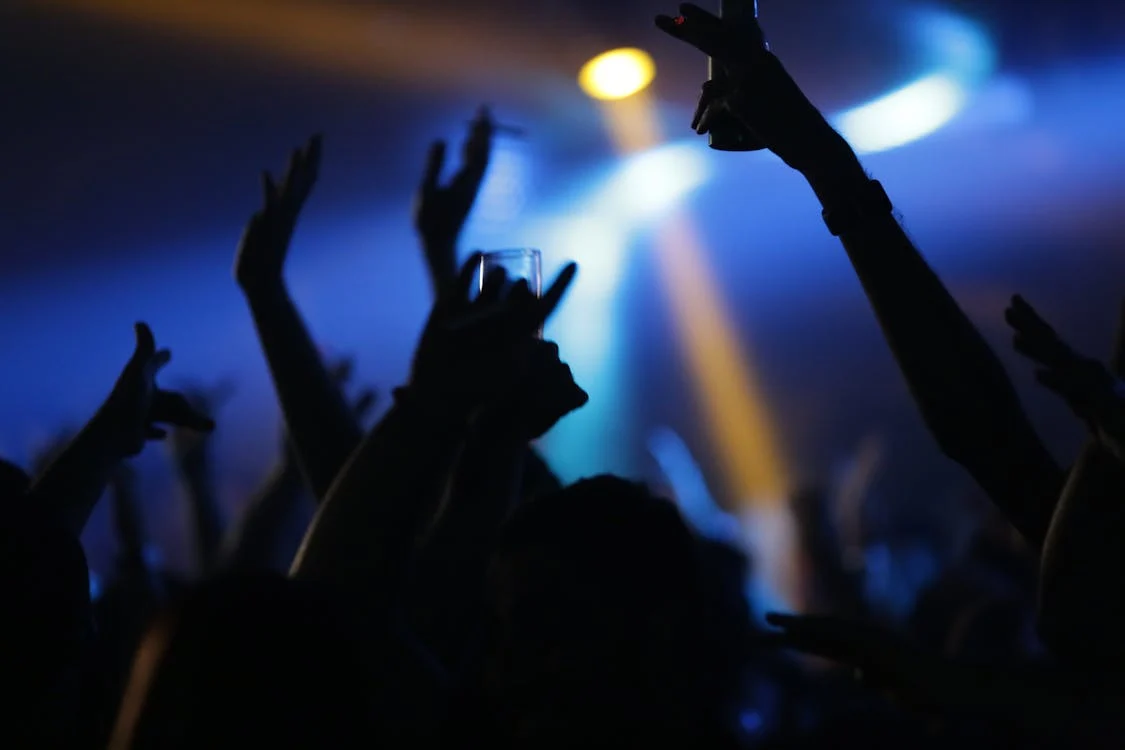The 1990s in Ireland witnessed a profound cultural shift as rave culture emerged and took root, significantly impacting the social and musical landscape. This movement, characterized by electronic dance music (EDM), underground parties, and a spirit of rebellion, provided a new form of expression for the youth and fostered a sense of community and freedom.
Rave culture in Ireland can trace its origins back to the late 1980s when electronic music and rave scenes were burgeoning in the UK and mainland Europe. Influenced by the acid house movement in the UK, Irish DJs and promoters began organizing small-scale parties and events, often in clandestine locations such as warehouses, fields, and abandoned buildings. These events, marked by their DIY ethos and underground nature, laid the foundation for the rave scene in Ireland.
Central to the rave culture was the music, predominantly electronic dance music genres such as house, techno, and trance. Prominent Irish DJs like Johnny Moy, Billy Scurry, and Francois brought these sounds to the forefront, becoming local icons in the process. International acts and DJs also frequently performed in Ireland, further galvanizing the scene.
The music was characterized by its repetitive beats, synthesized melodies, and an emphasis on rhythm and bass, creating an immersive and hypnotic experience for dancers. The communal experience of dancing all night in a euphoric state to these beats became a defining element of the rave scene.
Integral to the rave culture was the use of the drug MDMA, commonly known as ecstasy. The drug was reputed to enhance sensory perception, elevate mood, and foster a sense of unity among users. While its use was controversial and illegal, it undeniably played a significant role in shaping the social dynamics of rave events.
The 1990s saw the rise of several iconic venues and events that became synonymous with Irish rave culture. Clubs like The Ormond Multi-Media Centre in Dublin, Sir Henry’s in Cork, and The Met in Armagh were hotspots for raves and electronic music nights. These venues hosted legendary nights that are still remembered fondly by those who attended.
In addition to clubs, large-scale events and festivals began to emerge. The Trip to Tipp festival and the Dublin Dance Festival brought together thousands of ravers, featuring line-ups of local and international talent. These events were pivotal in bringing rave culture into a broader public consciousness.
Rave culture in Ireland, as elsewhere, faced significant challenges and controversies. The association of raves with drug use brought negative attention from authorities and the media. Police raids and strict regulations on club licensing were common responses to the growing scene. However, these crackdowns often only pushed the culture further underground, adding to its allure and mystique.
Despite the challenges, rave culture left a lasting legacy on Ireland’s cultural and musical landscape. It fostered a sense of community and provided an outlet for creative expression during a time of significant social and economic change. The DIY spirit and the emphasis on inclusivity and unity within the rave scene resonated with many young people.
Moreover, the rave movement influenced the broader music scene in Ireland. It contributed to the rise of electronic music and laid the groundwork for future genres and scenes. Many of the DJs, producers, and promoters who cut their teeth in the 1990s rave scene went on to have lasting careers in the music industry.
The 1990s rave culture in Ireland was a vibrant and transformative movement that left an indelible mark on the country’s cultural history. It was a time of musical innovation, social rebellion, and communal joy, with its influences still felt in Ireland’s contemporary music and nightlife scenes. The legacy of the 1990s raves lives on, remembered fondly by those who were part of it and appreciated by new generations who continue to draw inspiration from its spirit of freedom and unity.

